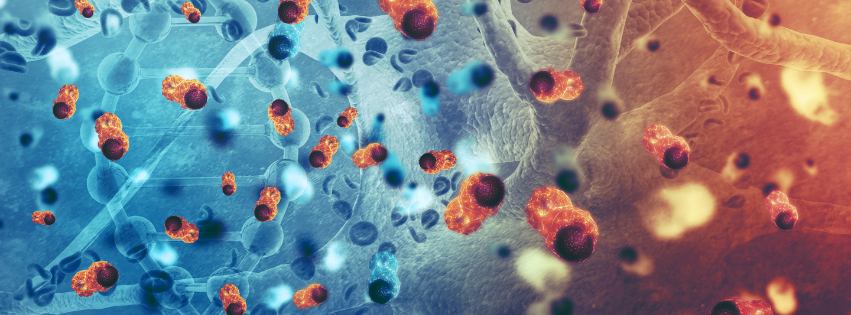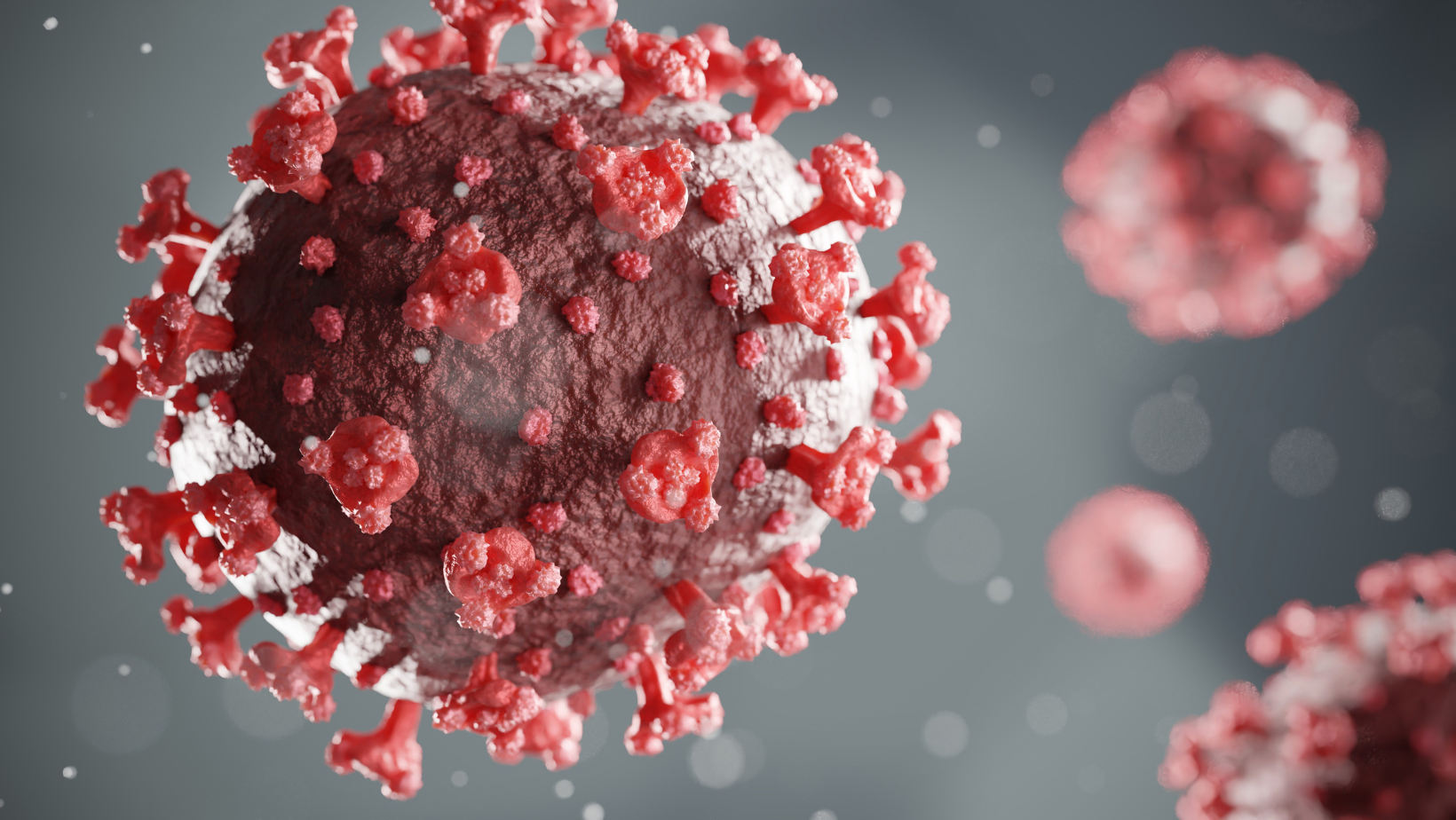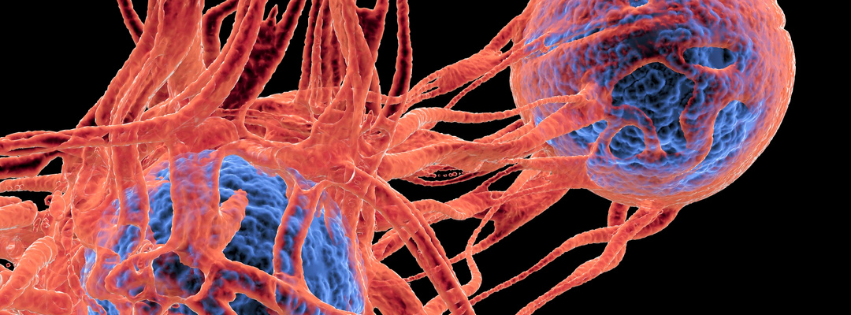
Introduction
Tumor-infiltrating lymphocyte (TIL) therapy, such as lifileucel, is approved for use in adults with unresectable, advanced melanoma that has received prior therapy with immune checkpoint inhibitors or BRAF inhibition. A limitation of TIL therapy is that it requires two steps involving hospitalization and close clinical monitoring—lymphodepletion with chemotherapy and immune system stimulation with high-dose IL-2.
Both steps have considerable risks, albeit manageable, due to toxicity in patients. Strategies are needed to mitigate and manage these risks, particularly those associated with IL-2 administration, so that more patients can easily tolerate treatment and more centers can administer TIL therapy without difficulty. Therefore, a group at the Leiden University Medical Center in the Netherlands directed a clinical trial to assess the safety of a regimen that would lower toxicity during TIL therapy.
Previous Work
Clinical studies using reduced IL-2 doses or pegylated IL-2 did not achieve the desired effects. A clinical trial (NCT01468818) using TILs without IL-2 treatment achieved a clinical effect, suggesting that IL-2 may not be required.
Additionally, interferon alpha (IFNα) is used after stem cell transplants to support lymphocytes and T-cells. In prior studies, patients were administered low doses of IFNα in combination with TILs. Although a clinical benefit was observed, only 20% of patients with refractory melanoma showed a response.
However, their TILs were PD-1 positive, which suggested that a PD-1 immune checkpoint inhibitor could help achieve further clinical benefit. Therefore, a clinical trial was designed to combine nivolumab with TILs, with or without IFNα.
Trial Design
The trial was a Phase 1/2, single-center, investigator-initiated, non-randomized and non-blinded study (NCT03638375). It enrolled adult patients with Stage IV cutaneous melanoma or unresectable Stage III cutaneous melanoma. All patients had progressive disease following standard of care therapy for melanoma. The primary objective was to evaluate the safety of the regimen, and the secondary objective was to evaluate the disease control rate.
There were two cohorts in the trial. The first cohort (n = 9) was treated with TILs (2.5 to 7.5 x 108 TIL cells per each of 3 infusions at 3-week intervals) and nivolumab (3 mg/kg every 2 weeks). The second cohort (n = 24) was treated with the same regimen of TILs and nivolumab, but with the addition of pegylated IFNα (1 µg/kg/week, with a maximum weekly dose of 90 µg, for a total of 11 weeks).
Primary Objective – Safety
Overall, the treatment was well tolerated with noted diarrhea (11.1% cohort 1; 0.0% cohort 2), lymphopenia (11.1% cohort 1; 16.0% cohort 2), and neutropenia (0.0% cohort 1; 12.0% cohort 2) at or above grade 3. Although 33 patients completed the trial, an additional 13 patients experienced rapid disease progression (n=11) or developed a secondary malignancy (n=2), and therefore did not complete the trial.
Secondary Objective – Disease Control Rate
For a positive outcome of the trial, the disease control rate after 3 months needed to be higher than 30%. In the first cohort, without IFNα, the disease control rate was 11.1%. In the second cohort, the disease control rate was 41.7%. The mean duration of the response was 13.8 weeks in the first cohort, whereas it was 27.8 weeks in the second cohort.
Other Efficacy Measurements
The objective response rate is a measure of the complete response plus partial response in patients. For the first cohort, without IFNα, the objective response rate was 0% and it was 13% for the second cohort with IFNα.
Approximately 9% of patients in the first cohort experienced stable disease at the first evaluation timepoint of 3 months. The remaining participants in the first cohort experienced progressive disease. For patients in the second cohort who received IFNα, 13% experienced a partial response, 29% experienced stable disease, and 58% progressive disease.
At the end of the study and final data collection, there was no difference in overall survival or progression-free survival between the cohorts. At the study at the 6-month timepoint, the progression-free survival rates were 0% for the first cohort and 38% for the second cohort.
Conclusions
The disease control rate of the participants treated with IFNα suggests some clinical activity and a supportive effect of IFNα. However, less than half of the IFNα-treated patients achieved clinical benefit at the end of the study. Furthermore, no differences in overall survival or progression-free survival were observed. Therefore, even though the toxicity is lower using IFNα than treating with IL-2, it may come with reduced efficacy. If true, this type of strategy may be applicable for special cases among relatively frail patients who cannot tolerate the standard, high-dose IL-2.
For more information on TIL therapy, click here.
Reference
Verdegaal EME, Verpoorte ALC, van der Kooij MK et al. Effective TIL Therapy for Patients with Checkpoint-Resistant Melanoma without Lymphodepleting Regimens Requires IFNα. Clin Cancer Res. 2025; 31(13):2628-2638. doi: 10.1158/1078-0432.CCR-24-4322.



